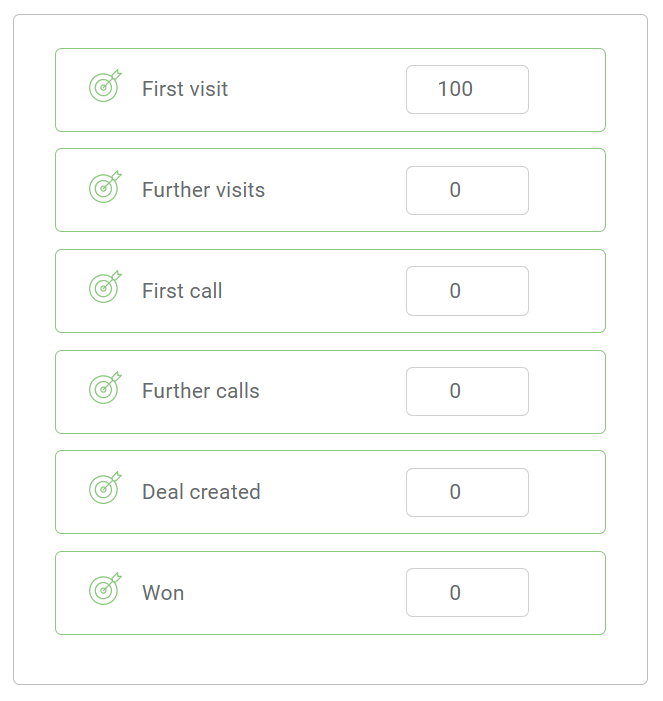Ringostat’s end-to-end analytics is so flexible that you can define absolutely any attribution model. Thanks to this, users are not tied to the basic settings and can customize end-to-end analytics to their needs. In this article, we will analyze examples of attribution models and when to choose each of them.
Attribution is the rule by which the value of a conversion is distributed across individual points of interaction with a brand. Based on it, the analytics system determines the channel that played a decisive role in achieving the goal.
The model you set directly affects how the contribution of a particular channel to the conversion will be evaluated. Therefore, you should set the attribution model only after carefully studying your own sales funnel and the stages that your customer goes through before making a purchase. Otherwise, you will misjudge the effectiveness of your promotion channels.
In Ringostat end-to-end analytics, you can set any attribution model — from the classic one used in Google Analytics to a custom one.
In this article, we’ll take a look at the basic attribution models that are available in Ringostat end-to-end analytics with one click. To do this:
- select the End-to-end analytics — Settings section;
- scroll to the Set goal weights for goals block;
- click “Select another model”;
- select which model you are interested in:

First visit
In this model, the first stage of your sales funnel gets all the weight. And then the source from which the person first came to the site will be considered, as in the “By first interaction” attribution model.

When to use this attribution model
- If you are just entering the market, or your business is not yet known to a wide audience, and you have launched campaigns aimed at increasing brand awareness, such as display advertising.
- When you launched branded activities — in this case, the only thing that matters is how the user first learned about you.
- If you want to track the growth of interest in your company.
Linear
In this model, we assign equal weight to all stages. This is necessary so that there is an even distribution of the amount of the won deal for each traffic source.

When to use this attribution model
If you have a long sales cycle and you need to “warm up” the user with advertising activities at each step before making a purchase decision.
U-Shape
In this case, the greatest weight is assigned to the first and last stages. After a successful end of a deal, its amount will be distributed between the sources of the first and last stage:

When to use this attribution model
If it’s important to you to understand which channel initially sparked the customer’s interest and which led to the targeted conversion. This model is quite popular and suitable for almost any business topic.
Last interaction
In this model, 100% of the conversion value is assigned to the last click that took place before the direct visit to the site. Ringostat already uses a similar model to determine the advertising source of the call.

When to use this attribution model
- If customers in your niche tend to buy quickly, without thinking about the decision — for example, souvenir products, gift mugs, etc.;
- If the campaign is aimed at attracting the customer right at the moment of purchase — wallets that are sold on Instagram, backpacks that cannot be stolen from, mobile phone cases.
Time decay
The concept of “half-life” comes from a similar attribution model in Google Analytics. This is the time over which the value of the interaction gradually changes.
In this model, weights are distributed from smaller to larger. The closer to the conversion, the more weight is given to the source that led to the conversion that occurred before the purchase.


